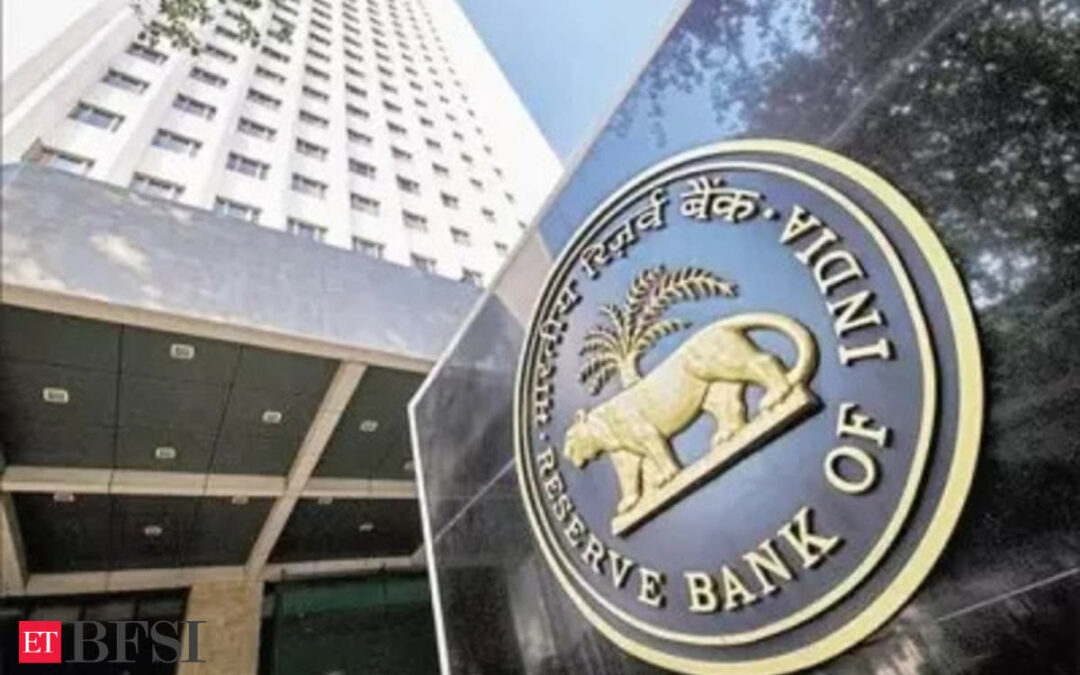Call money rates in the interbank market may dive after the Reserve Bank of India governor Shaktikanta Das highlighted that several banks with surplus liquidity are parking money with short-term deposit facility of the central bank rather than lending to those in deficit.
The governor had asked banks to lend in the overnight market instead of depositing funds in the standing deposit facility (SDF), indicating a potential easing of interest rates in the call money market.
“A set of banks are depositing in SDF. Sometimes, it exceeds Rs 1.50 lakh crore. At the same time, there are other banks which are borrowing from RBI’s MSF an equivalent amount,” he said.
“So, obviously, the distribution of liquidity in the banking system is skewed. This was reflected in the firming of the weighted average call rate/ WACR (which is the operating target of monetary policy),” the Governor said.
Stating that liquidity management was as per monetary policy stance and was not about global bond yields, Das said open market operations would be undertaken as necessary. OMOs are part of domestic liquidity management, he said.
Drop likely
Market observers anticipate that this shift in strategy could potentially lower the weighted average call rate by approximately 20 basis points (bps). Consequently, this adjustment may lead to a decrease in yields on treasury bills and could influence debt instruments with maturities of up to two years.
Since the announcement of the incremental cash reserve ratio (I-CRR) on August 10, the weighted average call rate has consistently remained higher than the repo rate, which is currently at 6.50 percent. As of Friday, the weighted average call rate stood at 6.74 percent, while the SDF rate was 6.25 percent, making it a less attractive option.
During the post-policy press conference, Governor Das revealed that banks had borrowed Rs 80,000 crore from the MSF, while the total deposits in the SDF amounted to Rs 56,000 crore. The announcement led to a dampened market sentiment, with expectations of potential open market operations by the central bank to absorb liquidity.
Additionally, the rise in US treasury yields may further impact government bond yields.
On the previous Friday, government bond yields had surged to reach a seven-month high, with the yield on the benchmark 10-year government bond settling at 7.34 percent.











